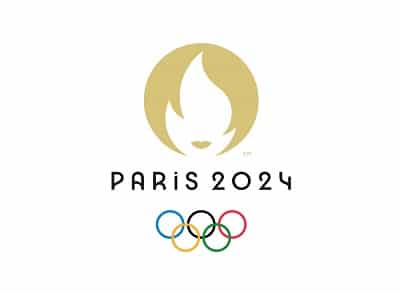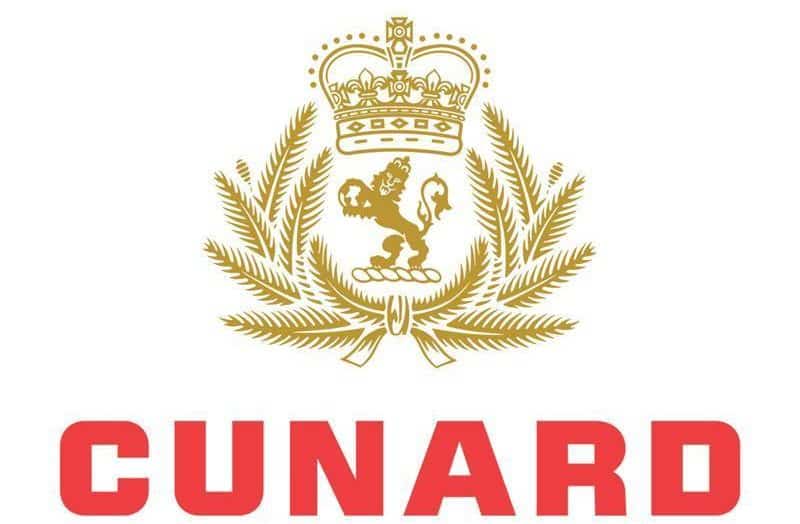J Skidmore Comment: More flexibility needed on US visa rules
I was recently invited to a press briefing on the latest changes surrounding visa travel to the US. Even the US Embassy spokesman admitted he found the new rules confusing. If he does, what chance do the rest of us in the travel industry have? More importantly, what chance does the man in the street have? Independent travel editor Simon Calder wittily called it “The US war on tourism – sorry terrorism”. That may not be the intention, but there’s no doubt the increasing amount of red tape will put some people off travelling to the US. The rules are many and varied. If you’re sitting comfortably, I’ll begin. Most holidaymakers travel to the US without a visa. From 26 October you’ll need a machine readable passport to do that, but as virtually all British travellers have those, that isn’t a big deal. Any passports issued after 26 October must be ‘biometric’ – with computer chips containing a digitally encoded record of your face and fingerprints. Without one you’ll have to get a visa in person from the Embassy in London for travel to the US. There’s a slight problem with this as the UK doesn’t have the technology to issue biometric passports until 2005, so around 10% of travellers to the US would fall into that trap of needing a new passport between 26 October 2004 and sometime in 2005 when the UK authorities get their act together, but not being able to get a biometric one. So, the US government has asked Congress to delay this change for two years. The newest ruling is that all travellers, with a visa or not, will be fingerprinted and have a photograph of their face taken at immigration from 30 September, as part of new security measures. US Embassy officials promise this will be a short process, taking no longer than 15 seconds per person, but others are not so sure. Surely this will create big queues during peak times? On top of all these rules are the numerous checks and body searches at airports by officials whose attitude is often at odds with the cheery welcome you receive from Americans once you actually get into their country. Small wonder some people are considering going elsewhere for their holiday. Linda Richardson of the Visit USA Association backs security measures but is fearful of a drop in tourism. She blames the press. “Stories and headlines about fingerprinting at airports is not going to be helpful,” she said. Er, yes, Linda, but that is exactly what’s going to happen, isn’t it? Significantly, tourism chiefs in Florida and the Travel Industry Association of America have come out strongly against the changes, warning they will have a negative impact on tourism. There’s no doubt there has been some sketchy reporting of the various visa requirements. When talking about biometric indicators, for example, not all papers have made it clear that it’s only passports issued after 26 October 2004 (or 2006 if Congress agrees to a delay) that are affected. Get a machine readable jobby before 26 October and you can travel visa free for the lifetime of the passport. (Are you still with me?) In defence of journalists (not surprisingly), it is a very confusing issue and often newspapers have to sum it up in a short space; small wonder the result is shock stories about fingerprinting, face photography and queues. We all support increased security measures – I’d rather be safe and inconvenienced than unsafe and allowed to sail through immigration. But wouldn’t it be more sensible to phase in these changes rather than setting rigid deadlines, some of which will have to be postponed anyway? The US has so many fantastic places to visit and there’s never been a better time with the sterling/dollar exchange rate. It would be a great shame if holidaymakers were put off travelling by the very measures designed to make their holidays safer.
 United Kingdom
United Kingdom United States
United States Asia Pacific
Asia Pacific












































Dozens fall ill in P&O Cruises ship outbreak
Turkish Airlines flight in emergency landing after pilot dies
Boy falls to death on cruise ship
Unexpected wave rocks cruise ship
Woman dies after going overboard in English Channel